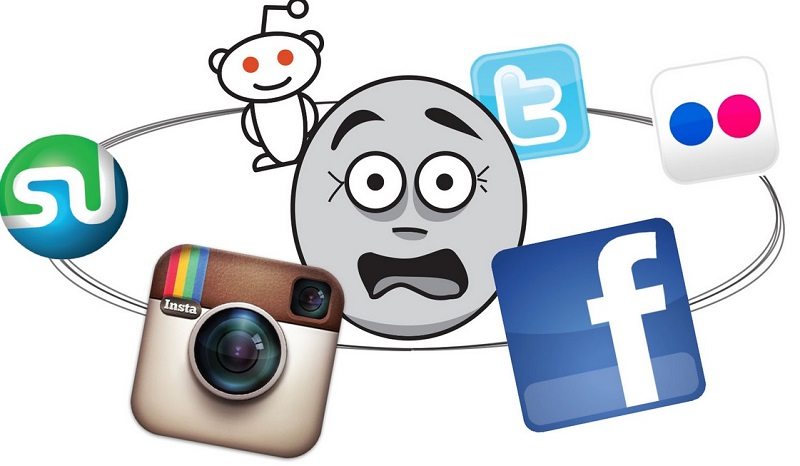China’s EXIM Bank (Export-Import Bank of China) provided more loan to Africa than the World Bank in the last decade.
According to Fitch Ratings, a UK-based rating company, EXIM Bank extended about $67.2 billion to to sub-Saharan Africa between 2001 and 2010.
World bank, on the other hand, provided $54.7 billion to the region in that period. Thus, $12.5 billion lesser than EXIM Bank.
The rating company indicated that:
‘China also plays a crucial role as a trading partner, although some countries benefit more than others. 17% of Africa’s exports and 14% of Africa’s imports are now with China. The EU is still Africa’s largest trading partner, but we estimate that within 10 years China will be a more important trade partner than both the US and EU’.
Here is the Fitch Rating’s Dec. 7, 2011 press release:
*****
China Plays Crucial Role in Sub-Saharan Africa’s Growth
China has a critical role as a lender and trade partner to sub-Saharan Africa (SSA) as well as an indirect role through its demand for raw materials that drives up commodity prices. SSA is probably more exposed to a slowdown in China than to a recession in the eurozone.
Chinese direct investment and bi-lateral lending is funding much of the region’s infrastructure development. We estimate that total EXIM lending to Africa reached USD67.2bn between 2001 and 2010, exceeding World Bank lending to Africa. The majority of the Chinese loans are infrastructure related. These include a USD10bn loan to Ghana for railway and energy infrastructure and a USD500mn loan to Angola for roads. In addition to lending the money for infrastructure projects, Chinese companies are often building them and providing labour.
The World Bank estimated that poor infrastructure cuts SSA’s GDP growth by 2% a year and that annual infrastructure spending of USD93bn for the next decade is needed to close the gap. This equates to around 15% of its GDP, which is approximately what China has invested over the last 10 years. SSA’s current infrastructure spending is around half this.
China also plays a crucial role as a trading partner, although some countries benefit more than others. 17% of Africa’s exports and 14% of Africa’s imports are now with China. The EU is still Africa’s largest trading partner, but we estimate that within 10 years China will be a more important trade partner than both the US and EU.
Sub-Saharan Africa as a whole has a trade surplus with China, but among individual countries, Angola and Zambia are dominant. Most of the rest of the continent has a deficit with China.
Angola and Zambia benefit the most because 90% of African exports to China are fuels and mining products. Exports to China account for 31% of Angola’s GDP. Zambia exports copper and alloys with its exports amounting to 14% of GDP.
As well as these direct sales, China’s demand for commodities keeps prices high. China is responsible for over 60% of the world’s iron ore imports, 33% of cotton imports and 11% of oil imports. In addition, much of the growth in demand for these products is driven by China.
Source: Fitch Ratings website
*********
Related:
-
China’s ‘Permanent Signature in Africa’ (in this blog)
-
Spare China the bashing (in this blog)





